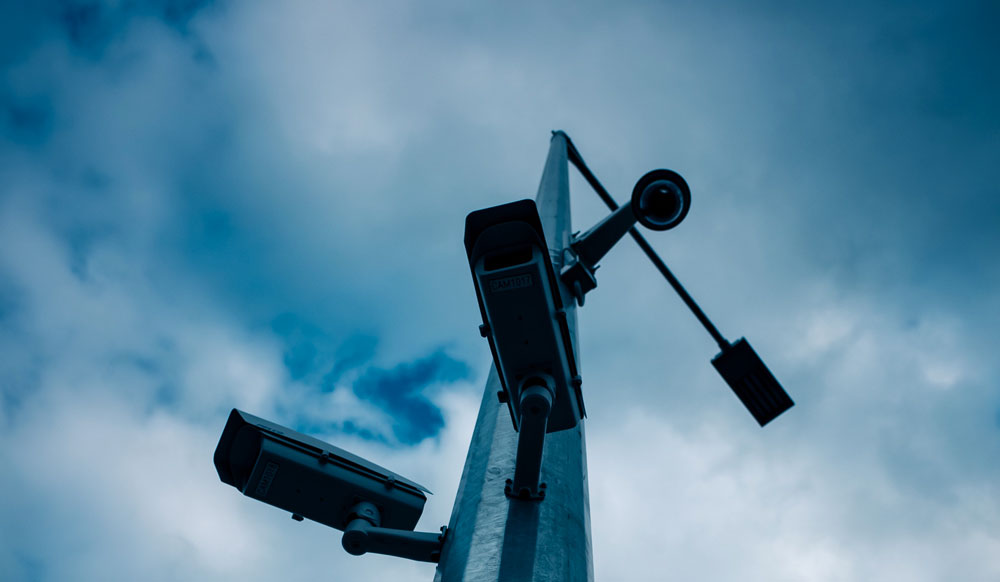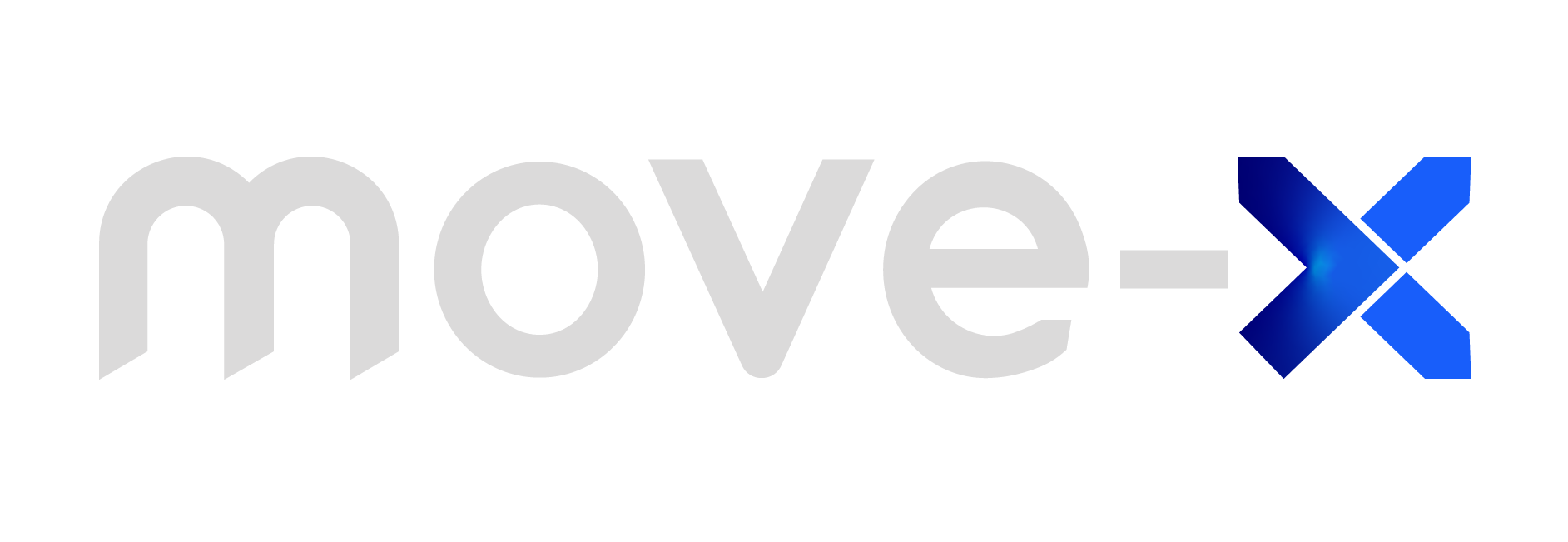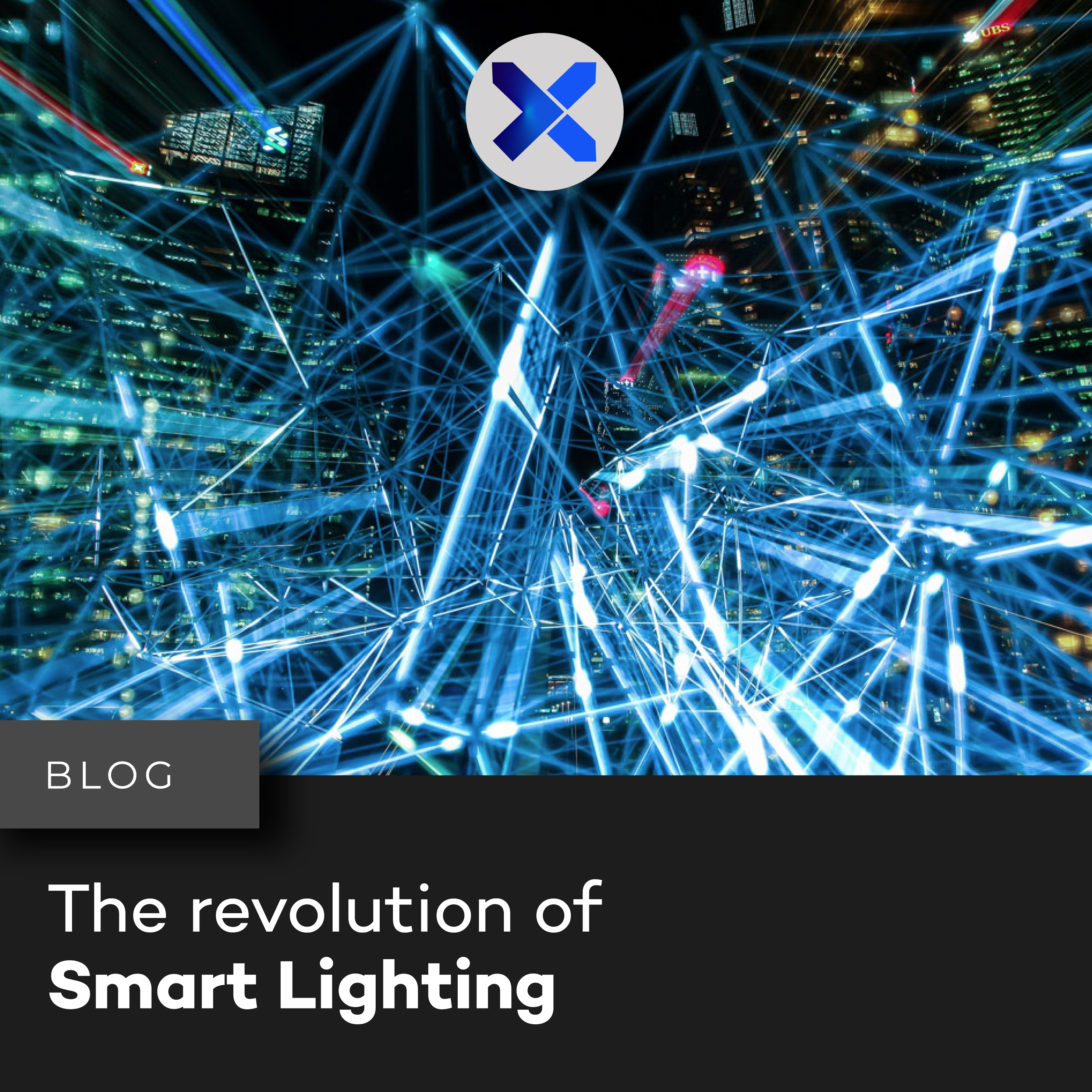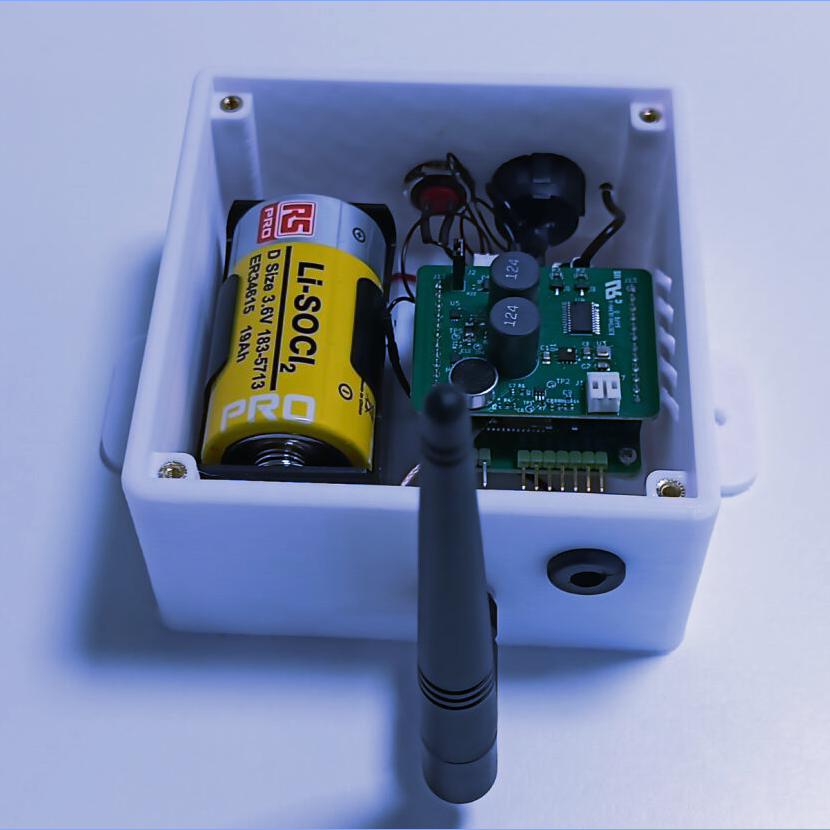The revolution of Smart Lighting
All over the world there is increasing attention to the introduction of more sustainable practices: electricity is no exception!
We not only should keep pushing for the use of LED lights, which are extremely energy efficient, but it is also time to enable lighting systems to adapt to different environmental conditions and citizens’ needs.
Smart lighting can contribute to the reduction of light pollution and energy consumption, as well as support more effective maintenance and cost-cutting practices.

What is Smart Lighting?
Smart Lighting refers to technology that enables remote and personalised management of private and public lighting. The term “SMART” means “self-monitoring, analysis, and reporting technology.” All “intelligent” systems fall within the concept of Smart Lighting: they are devices which allow for more flexibility than traditional wired and manual systems, while being able to communicate with other devices connected to the network.
What are the advantages?
Smart technology allows lighting systems to increase their functionality and scope. At the most basic level, lights can be managed remotely, often via an app accessible from a smartphone or computer. For that to work, smart lighting systems use different types of wireless transmissions in order to send and receive their information. Other options include lighting and motion sensors that automatically turn on and off, depending on the presence of people and movement or on the amount of detected light. Those simple features can significantly decrease wasted energy.

Rather than technological evolution, we can speak of a real revolution. Studies predict that by 2024 light facilities in North America, Europe, Asia and Australia will all be equipped with Smart Lighting systems. Also following regulatory obligations agreed at an international level, an increasing number of street lights is being re-designed with remotely managed LED units.
They enable users to:
- cut energy consumption by around 65%;
- generate a further 20% in savings by adjusting light output depending on vehicle traffic needs;
- reduce CO2 footprint, which is key for cities with a rapidly growing population;
- manage lights more effectively thanks to reduced labour requirements and longer product life;
- reduce maintenance costs by accurately monitoring and communicating faults;
- improve lighting quality thanks to the latest generation microchips;
- increase functionality when equipped with cameras or sensors that can monitor traffic, air quality, parking, etc.
Both private users and city governments can save money and energy by replacing the current lighting systems with smart LED lights that not only guarantee substantial economic and energy savings, but they also improve security and life quality.
Move-X offers the latest technology to design Smart Lighting systems for safer and more sustainable cities.










